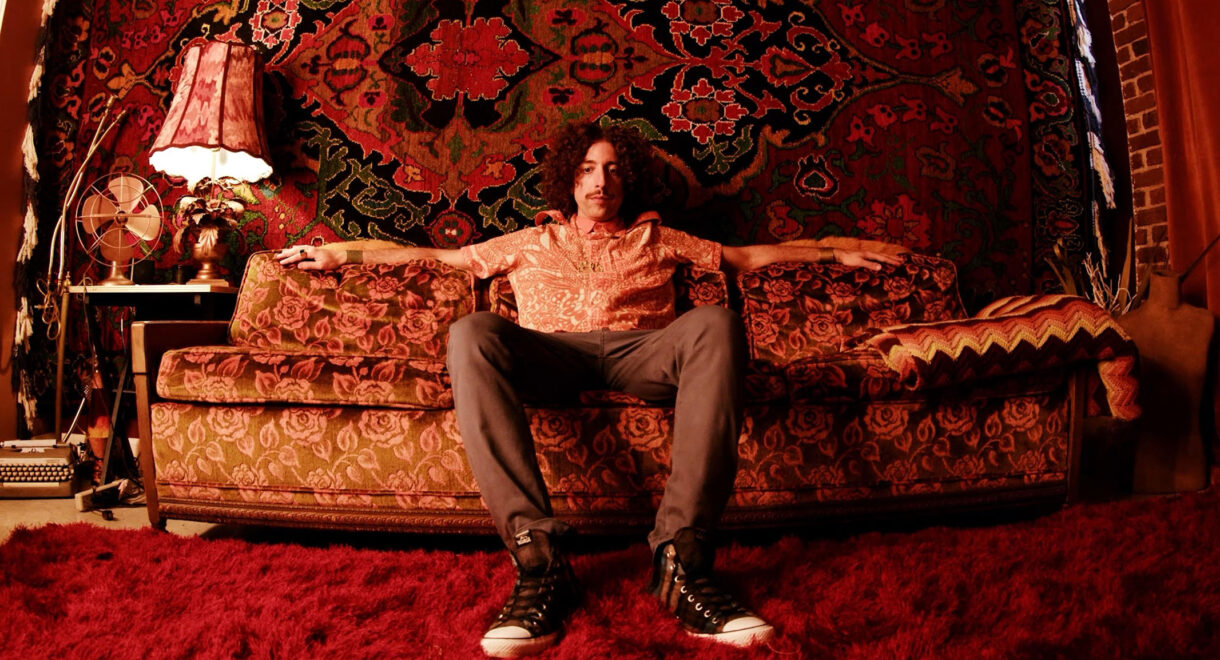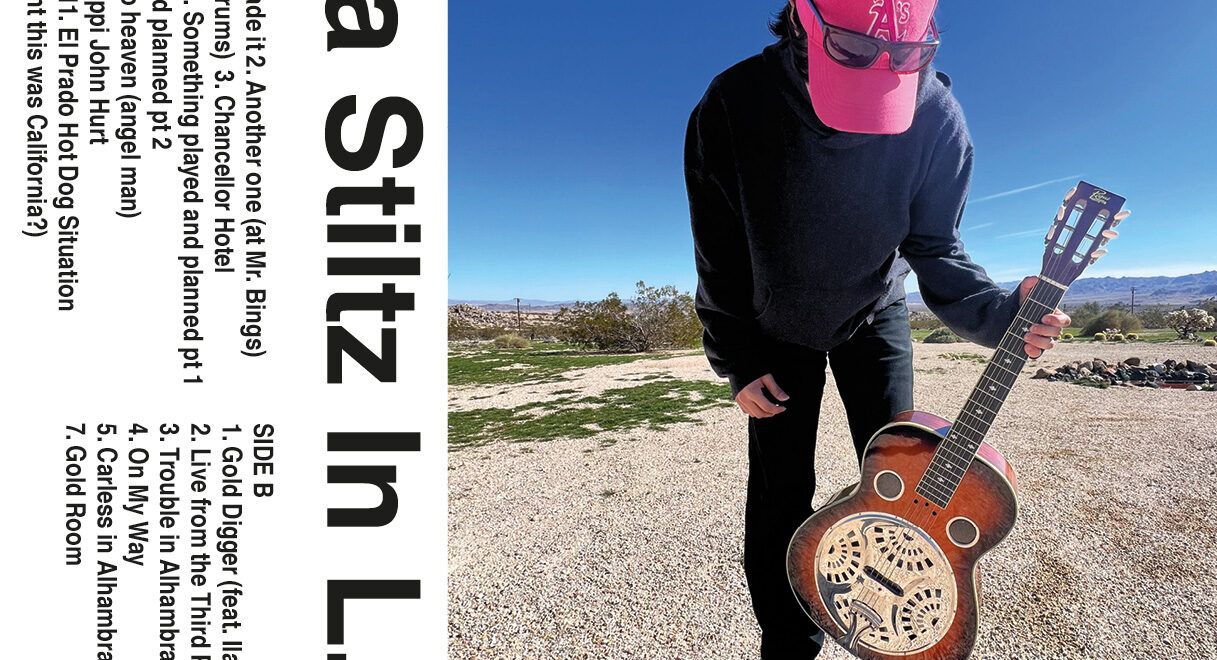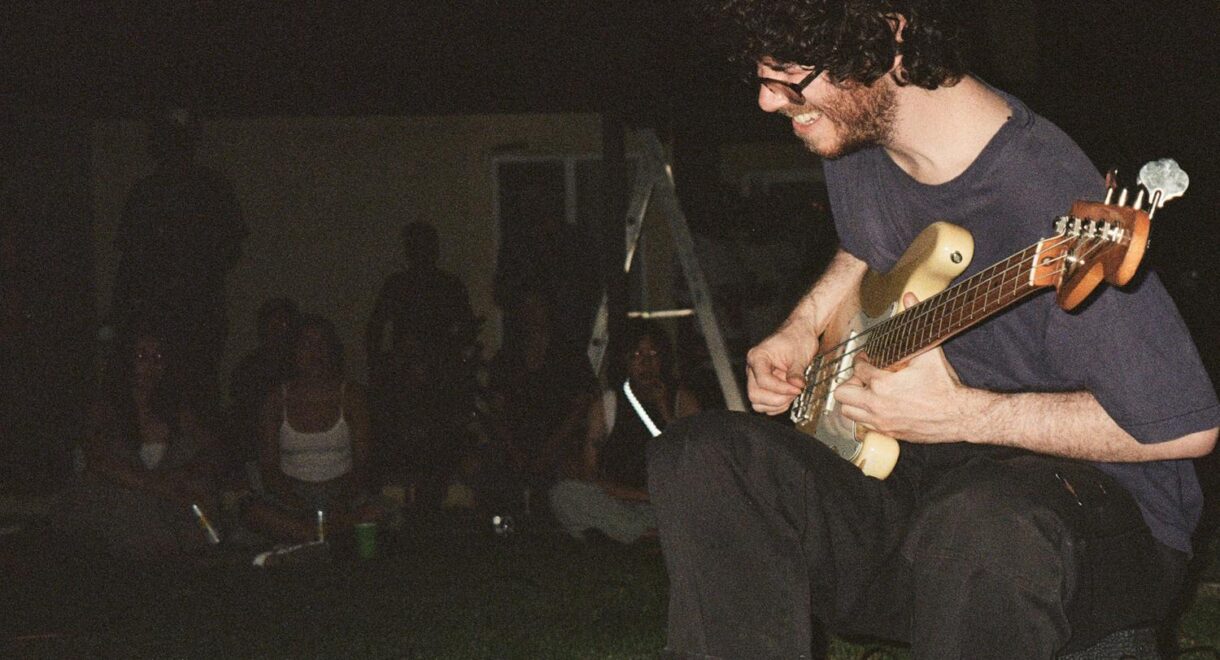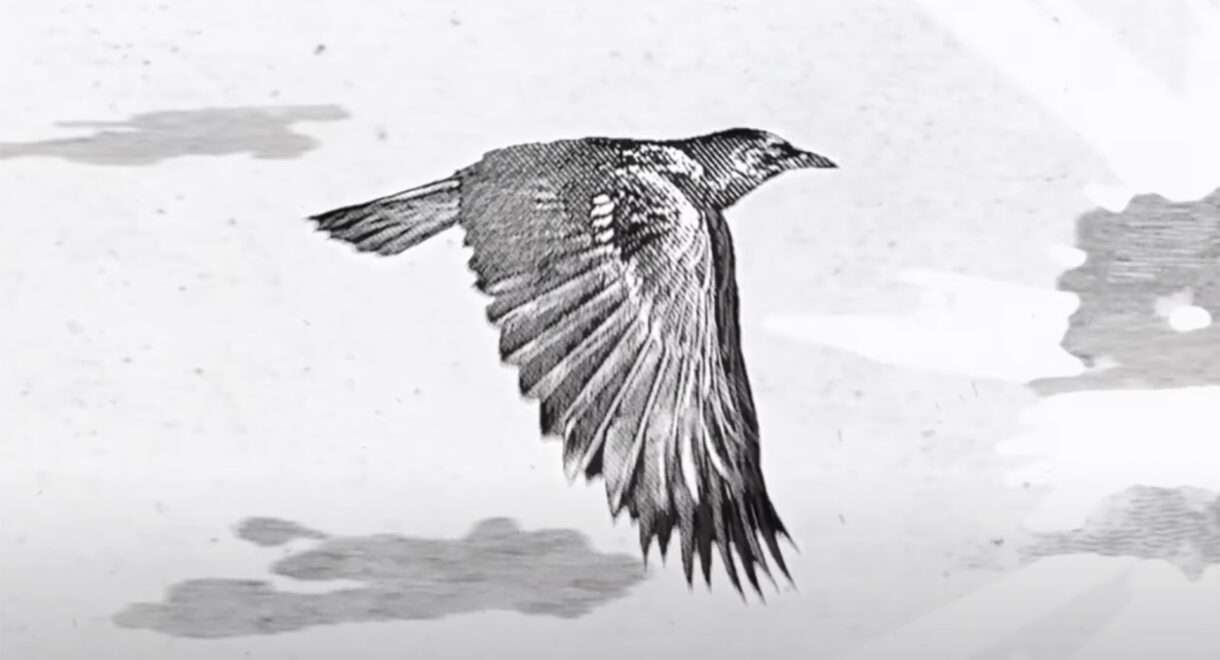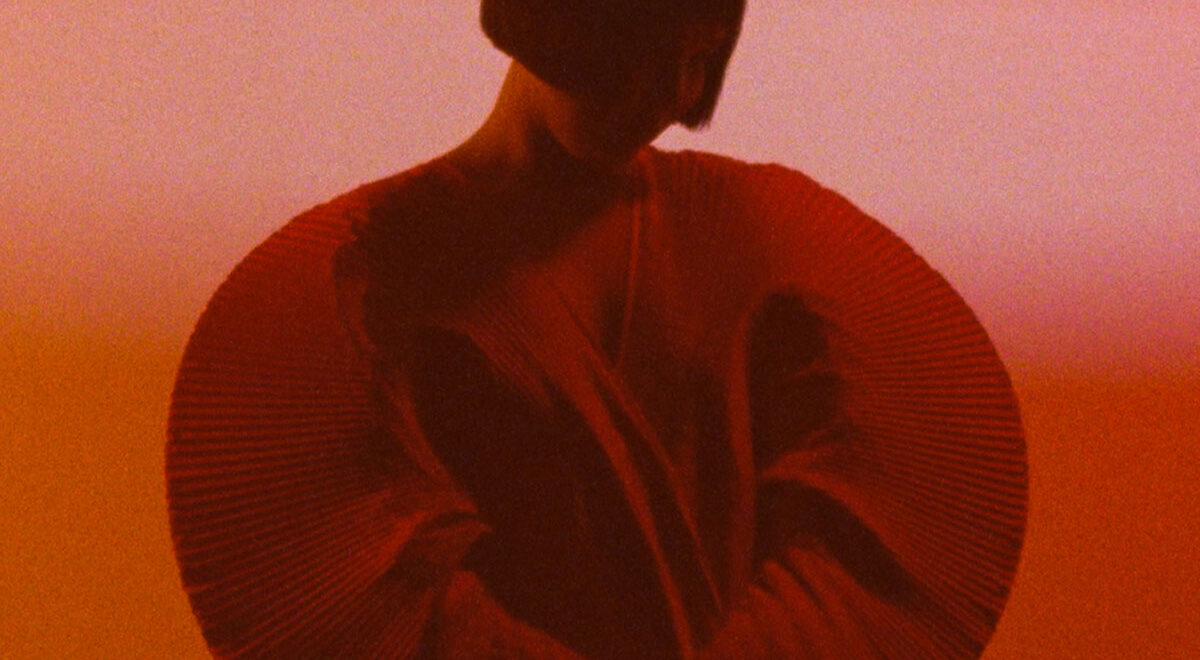Bei Ru is an LA-based producer, composer, multi-instrumentalist, and vocalist who’s collected vinyl records for years. His collection mirrors elements of his releases, characterized by a fusion of […]
Ragas, Drones and Blend: On Sandy Bull’s extended instrumental masterpiece

Starting in 1963, the guitarist-oudist recorded three versions of his extended work. They will calm you down (and blow you away).
Sometimes we all need to call a timeout on our own world and disappear into someone else’s holy creation. Instead of resigning ourselves to another evening DMing, scrolling, reading inconsequential half-baked posts, watching or screen-staring, sanity requires that we commit to vanquishing the chatter and influx of useless data for something more nourishing.
Like, for example, Sandy Bull’s composition “Blend.”
The guitarist and oud player first recorded his 22-minute drone-fueled instrumental guitar piece in 1963. Accompanied by the sublime jazz drummer Billy Higgins, who by then had already worked with John Coltrane, Ornette Coleman and Herbie Hancock (on the original ‘62 Watermelon Man recording), the New York-born Bull delivers a mesmerizing guitar-driven meditation.
The late jazz writer Nat Hentoff wrote the liner notes to Fantasias For Guitar And Banjo, Bull’s 1963 debut, on which Blend takes up all of side B. In a long 1966 essay for Crawdaddy magazine on what he called “raga rock,” Hentoff wrote:
As part of the preparation for what turned out to be ‘Blend [#1]; Bull had been working for some time on methods to achieve a drone effect. He found the requisite tuning for that purpose on the banjo and adapted it to the guitar. In [‘BIend #1’]…Bull’s guitar is tuned in B. That is, the two highest strings are tuned to B, the next string is a fourth down, and the lowest string is B. The drone is achieved at times by playing the melody on one string and using the one next to it for the drone. On other occasions, the strings on either side of the one playing the melody provide the drone, and sometimes all six strings become involved in producing the drone.
Bull himself described drone in more basic terms: ”It is so simple an effect and yet there is something eternal about it, sort of a foundation of music. I find it – and the kind of undulating rhythms which go with it – very moving.”
Bull returned to Blend two years later, and once again invited Higgins along for the ride. This version’s a little more ragged. Across the sequel, Bull quotes melodies and themes from the song Pretty Polly and works by Ornette Coleman, Ali Akbar Khan, and Oum Kalthoum.
Four years after that, Bull took Blend in a whole other direction on Electric Blend, which eats up all of side B again. By then, Bull had lived with the work for seven years, and he’d grown increasingly drawn to full-on ragas. Listen to this version loud and prepared to get lost.
How did Bull play it live? In Feb. and April 1969, he recorded his sets at the Matrix in San Francisco. There, playing acoustic and electric guitar and amplified oud, he drenched the piece in feedback and reverb.
Though mostly known as an instrumentalist, Bull, who died in 2001, dabbled in singer-songwriter material. The best of the bunch, by Sandy Bull and the Rhythm Ace (his early drum machine), is a live recording at Berkeley Community Theatre from May 2, 1976.
Bull’s stuff is readily available on the used market, and much of it remains relatively cheap.
In Sheep’s Clothing is powered by its patrons. Become a supporter today and get access to exclusive playlists, events, merch, and vinyl via our Patreon page. Thank you for your continued support.




